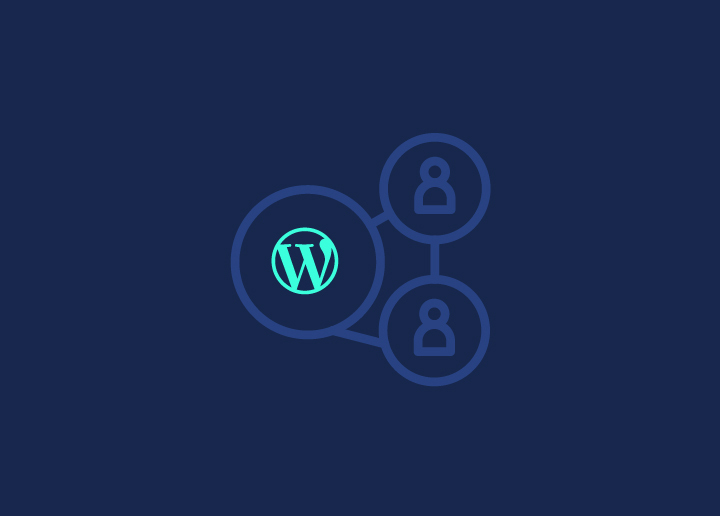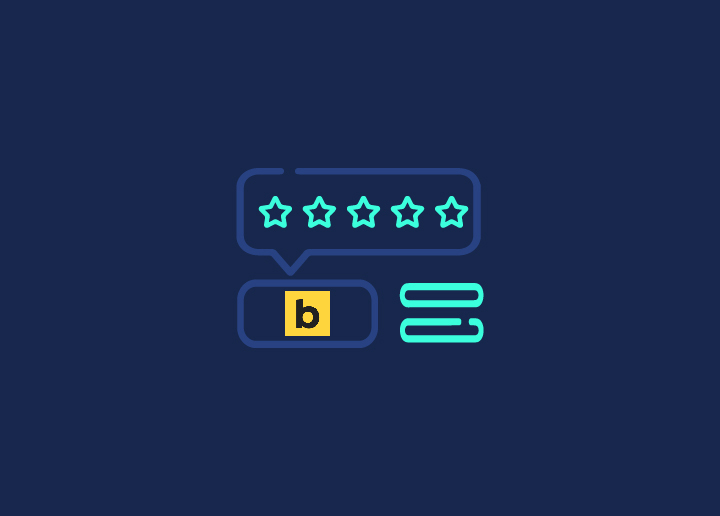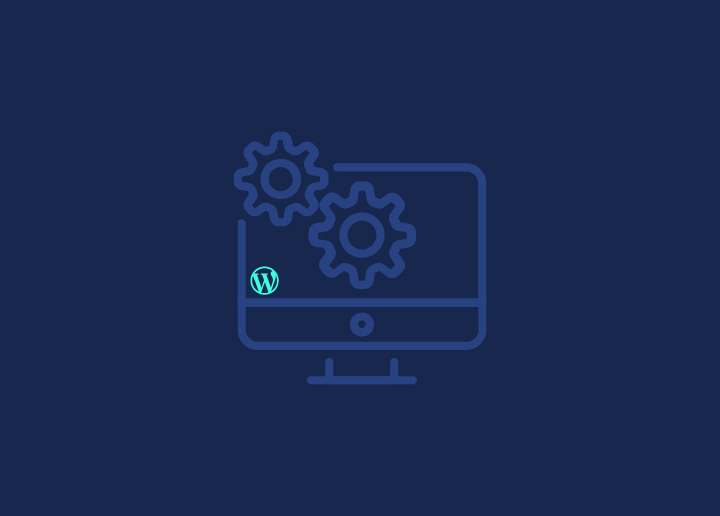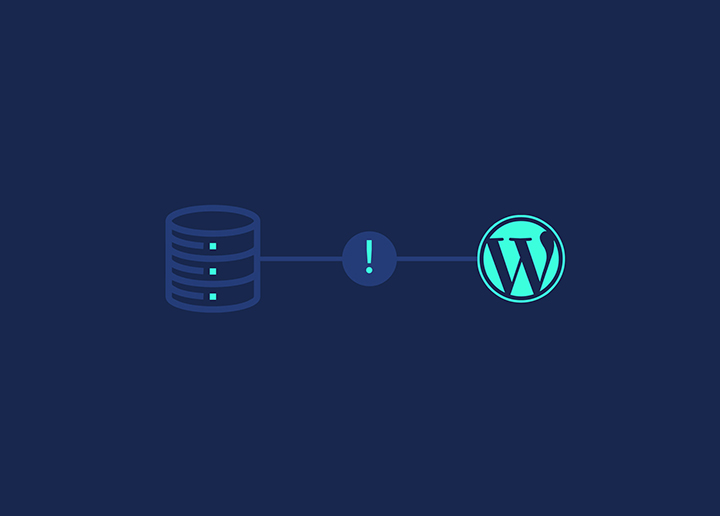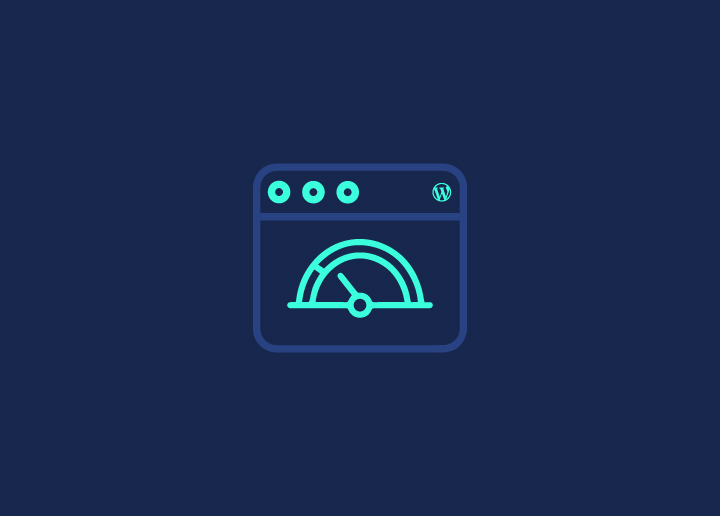Introduction: The Appearance Widgets Screen in WordPress Classic Editor allows you to manage and customize widgets within your theme’s sidebars easily. In this knowledgebase article, we will explore various aspects of working with widgets, including configuring, removing, and moving them and providing descriptions of different widget types.
Let’s dive in!
Widgets Management in Customizer
Widgets can also be managed through the Customizer, which provides a live preview of your changes. To access the Widgets section in the Customizer, follow these steps:
- Log in to your WordPress admin dashboard.
- Go to “Appearance” and click on “Widgets.”
- Click the “Manage in Customizer” link on the Widgets screen at the top.
Configuring Your Widgets
To configure and add widgets to your sidebars using the Appearance Widgets Screen, follow these steps:
- Click on “Appearance” and select “Widgets” from the main navigation menu in your Dashboard.
- In the “Available Widgets” section, you will find a list of available widgets.
- Drag and drop the desired widget from the “Available Widgets” section to the sidebar you want to customize. Depending on your theme, there may be multiple sidebar options.
- Preview your site to see the content from the new widget.
- Return to the Widgets Screen to continue adding more widgets to the sidebar.
- To rearrange the widgets within the sidebar, click, drag, and drop them in the desired order.
- To customize a widget’s features, click the down arrow or edit the link in the upper right corner to expand the widget’s interface.
- Click “Save” to save the changes made to the widget. Saving is not required when moving widgets without making any customizations.
- Preview your site again to see all the changes applied.
Remove a Widget
If you need to remove a widget from your sidebar, follow these steps:
- Click on “Appearance” and select “Widgets” from the main navigation menu in your Dashboard.
- Choose the sidebar from which you want to remove the widget.
- Expand the widget’s interface by clicking the down arrow or edit the link in the upper right corner.
- Click the “Delete” link in the dialog box that appears.
- The widget will be permanently removed from the sidebar.
- Preview your site to confirm the changes.
Moving a Widget
To move a widget within the same sidebar, follow these steps:
- Click and hold the mouse button on the widget’s title.
- Drag the widget up or down to the desired location within the sidebar.
- Release the mouse button to drop the widget into the new position.
Descriptions of Each Widget
Widgets come in various types, and each serves a specific purpose. Here are descriptions of some commonly used widgets, along with their configuration options:
- Archives: Displays archive links for each month with posts.
- Calendar: This shows a calendar of the current month.
- Categories: Lists post categories as links.
- Custom Menu: Displays a custom menu you have created.
- Meta: Links to meta functions like Register, Site Admin, Login/Logout, etc.
- Pages: Displays links to each page on your site.
- Recent Comments: Lists the most recent approved comments.
- Recent Posts: Displays a list of the most recent blog posts.
- RSS: Shows an RSS feed from a specified URL.
- Search: Provides a search box for users to search your blog.
- Tag Cloud: Lists the top tags used in a tag cloud format.
- Text: You can enter custom HTML, JavaScript, or plain text.
Adding Multiple Widgets of the Same Kind
To add multiple widgets of the same kind, such as text widgets or RSS widgets, follow these steps:
- In the “Available Widgets” section, locate the widget you want to add.
- Drag and drop the widget to your desired sidebar.
- Repeat this process for each additional widget you want to add.
No Sidebars Defined
If your current theme does not support widgets or has no predefined sidebars, you may see a message stating that no sidebars are defined. In this case, you won’t be able to customize widgets traditionally. To address this issue, you can consider the following options:
- Switch to a different theme: Look for a theme that supports widgets and has predefined sidebars you can work with.
- Use a custom sidebar plugin: Install and activate a plugin that provides additional functionality for creating and managing custom sidebars.
- Modify your theme: If you have coding knowledge, you can modify your theme’s code to add widget areas or make it widget-aware. This option requires technical expertise and caution to avoid breaking your theme.
Conclusion
The Appearance Widgets Screen in the Classic Editor is a powerful tool for managing and customizing widgets within your WordPress site. Following the instructions outlined in this knowledgebase article, you can configure, remove, and move widgets according to your requirements. Additionally, familiarizing yourself with the descriptions of different widget types enables you to choose the right widgets for enhancing your site’s functionality and appearance.








